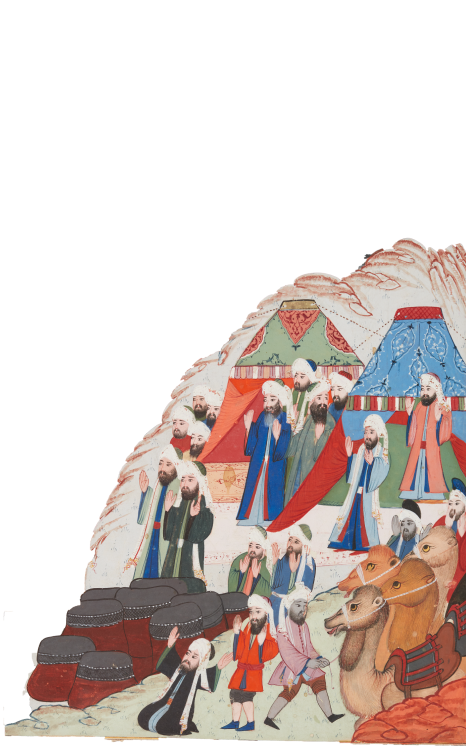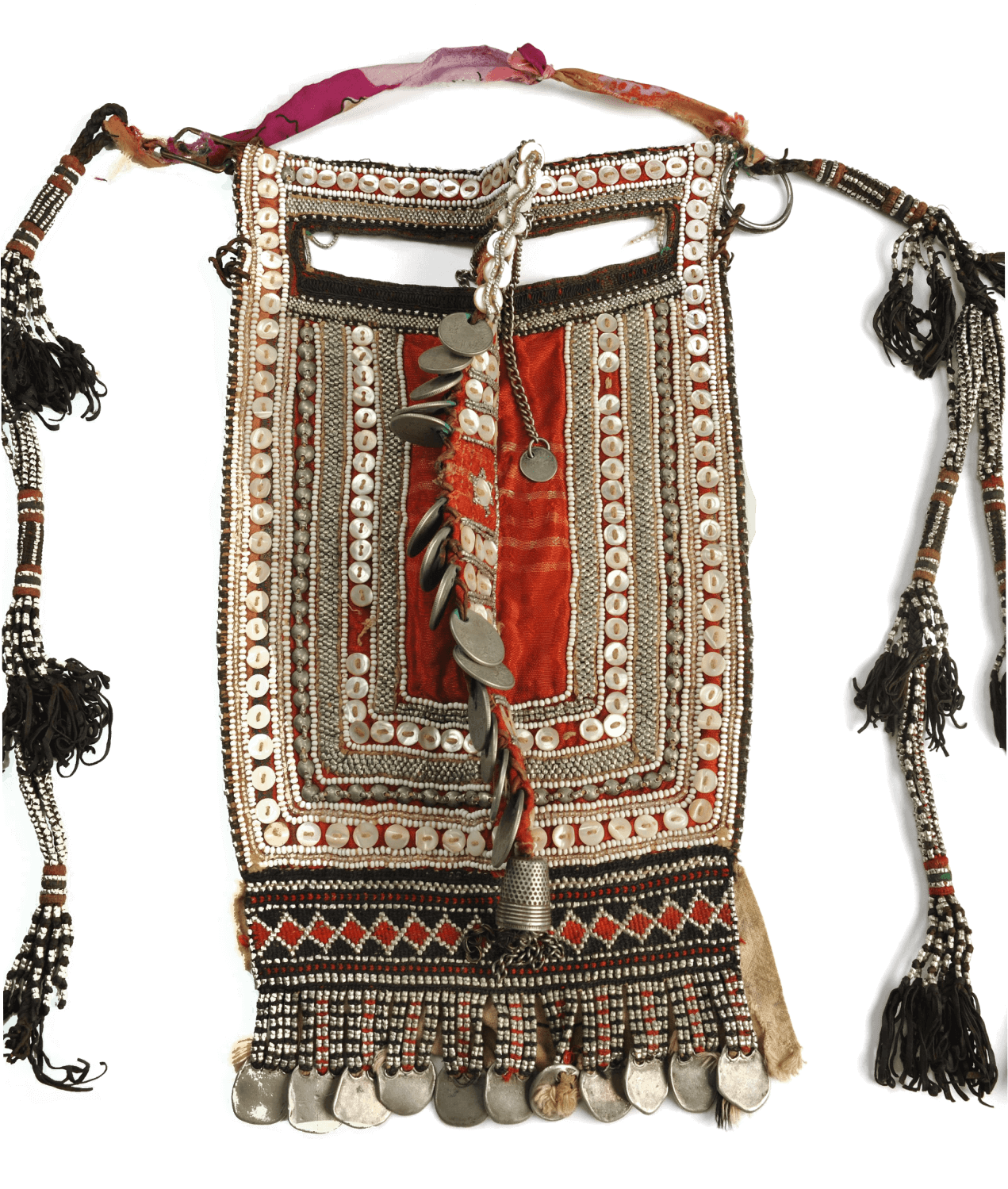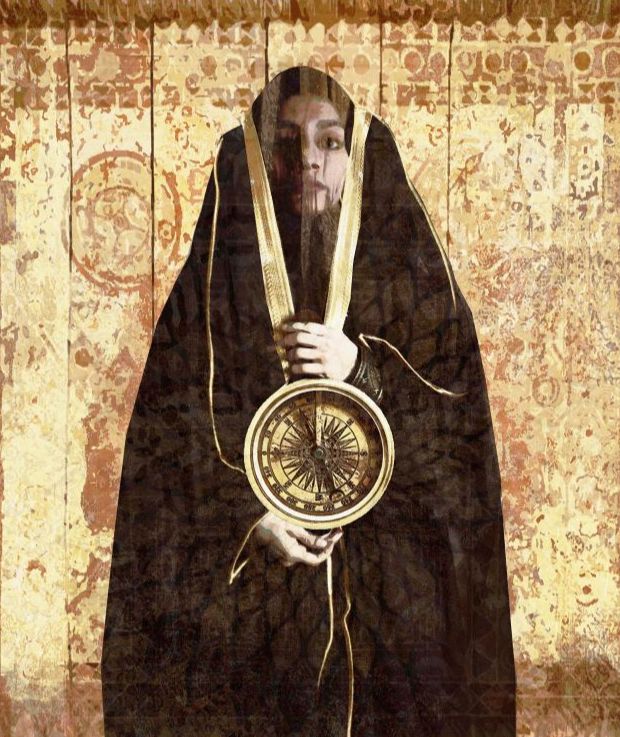A Prayer in the Desert
Prophet Muhammad (pbuh) Prays for Rain for the Muslims before the Battle of Badr. Folio from the manuscript of Siyer-i Nebi (The Life of the
Prophet), by Mustafa b. Yusuf al-Erzerumi. Turkey, Istanbul, 1003H/1594-95. Opaque watercolour, ink, and gold on paper. H. 37.7 cm × W. 26.6
cm. The Aga Khan Museum, AKM221
The deserts of the Arabian Peninsula have always played a pivotal part in Arab life, history and spirituality. One of the harshest environments on earth, they still witness human activity, travel, and encounters to this day, many of them of profound historical significance. One such encounter is captured in this beautiful and yet dramatic 16th century Ottoman miniature painting from a sixpart manuscript of the Siyer-i Nebi ("The Life of the Prophet"), executed in Istanbul in 1003H/1594-95 CE by the calligrapher Mustafa ibn Vali and an artistic workshop supervised by
Lutfi ‘Abdallah for the Ottoman Sultan Murad III. The Siyer-i Nebi is a 14th century Turkish epic based on an Arabic original version by Al- Waqidi, devoted to the life of the Prophet Muhammad (pbuh), his followers, and the pivotal events during their lifetime. The scene – which has to be ‘read’ as a visualization of the spiritual and literary ideals evoked in the text – shows a desert encampment with tents, resting camels and covered storage jars, demarcated by three towering date palms.
Prophet Muhammad (pbuh) Prays for Rain for the Muslims before the Battle of Badr. Folio from the manuscript of Siyer-i Nebi (The Life of theProphet), by Mustafa b. Yusuf al-Erzerumi. Turkey, Istanbul, 1003H/1594- 95. Opaque watercolour, ink, and gold on paper. H. 37.7 cm × W. 26.6 cm. The Aga Khan Museum, AKM221 (pbuh) on the left leads his followers in prayer. It is the month of Ramadan and the night before the famous battle of Badr in 2H/623-4 CE. The Muslims have run out of water. Thirsty and desperate, the prayer is for rain, a custom that still prevails in many areas of the Arabian Peninsula today as well as large parts of the Muslim world. Thankfully, as Muslim tradition tells us, the prayer is answered. The rain comes not only to quench the Muslims’ thirst, but to also give them a crucial advantage in their forthcoming, and ultimately victorious battle against the Quraish the next day. To this day, rain in the desert is indeed a great blessing from God, and whenever it falls, it brings renewed life, hope, and vigor.

Prophet Muhammad (pbuh) Prays for Rain for the Muslims before the Battle of Badr. Folio from the manuscript of Siyer-i Nebi (The Life of the Prophet), by Mustafa b. Yusuf al-Erzerumi. Turkey, Istanbul, 1003H/1594-95. Opaque watercolour, ink, and gold on paper. H. 37.7 cm × W. 26.6 cm. The Aga Khan Museum, AKM221


